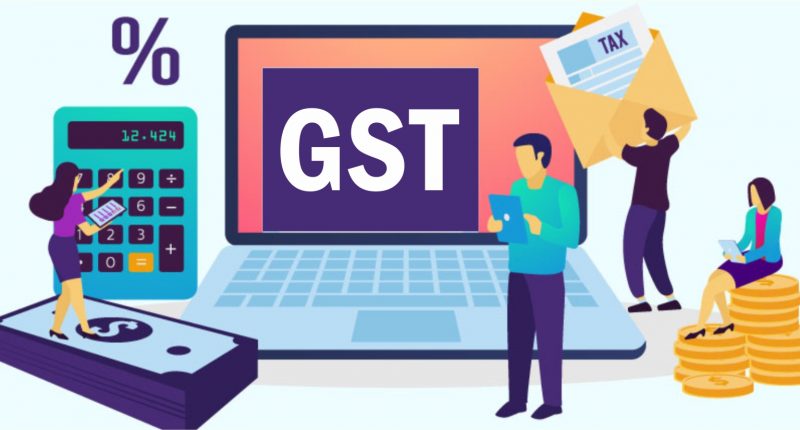The Goods and Services Tax (GST) law has been unable to support Indian states achieve their primary objective of increased revenues, says a report by the India Ratings, a domestic rating agency, on Monday. The report indicates no advantages to implementing the GST law for five years for the states.
The report comes in the backdrop of the compensation to states ending in June 2022. The Centre may stop giving compensation for revenue shortfall faced by states, arranged so far by collecting the cess on sin and luxury goods.
Such compensation resulted from an agreement between the Centre and state governments when the GST law was introduced in 2017, spanning for five years. While many states have currently demanded an extension in the period for compensation, Smt Nirmala Sitharaman, the Union Finance Minister, has affirmed not extending it in the Union Budget 2022.
The rating agency’s report quotes that the information gathered does not instil confidence regarding GST law achieving the two objectives. One is to improve states’ revenue, and the other acts as a benefit for consuming states.
The State’s Own Tax Revenue (SOTR) figures indicate broadly the same growth pattern in the GST and non-GST revenue split. The State GST (SGST) accounted for 55.4% between FY 2017-18 and FY 2020-21. At the same time, the share was 55.2% between FY 2013-14 and FY 2016-17.
Further, the SGST collections grew at an average rate of 6.7% from FY 2017-8 till FY 2020-21. The growth rate is below the average rate recorded between FY 2013-14 and FY 2016-17. The figures show that GST implementation has not resulted in any upward tick in the SOTR.
Before GST was implemented, the states used to charge and collect Value Added Tax (VAT) on intrastate sales. In contrast, they charged and collected the Central Sales Tax (CST) for sales across the state borders. CST used to be 2% or sometimes 4% in particular cases. As per the respective state laws, it could have been either the producing states or consuming states.
Meghalaya, Odisha, Assam, Chattisgarh, Gujarat, Himachal Pradesh, Haryana, Jharkhand, Tamil Nadu, Sikkim producing, and some being consuming states had CST contributing about 4.5% towards the SOTR between FY 2011-12 and FY 2016-17. However, after implementing GST, the state GST’s share in the SOTR steadily declined from 4.16% in FY 2016-17 to a revised estimate of 0.95% in FY 2020-21.
The growth rate of state GST between FY 2018-19 and FY 2021-22 is another factor in assessing the GST performance. The report points out that Odisha is the only state earning an average SGST of more than 14%, registering a growth of 20.06% during the above period. Bihar follows it at 13.89%, Assam, Andhra Pradesh and Chattisgarh. Seventeen major states have registered an average SGST growth of less than 10%. In contrast, Uttarakhand noted a negative growth in average SGST of 4.02% during the above period.
For any clarifications/feedback on the topic, please contact the writer at annapoorna.m@cleartax.in
Annapoorna, popularly known as Anna, is an aspiring Chartered Accountant with a flair for GST. She spends most of her day Singing hymns to the tune of jee-es-tee! Well, not most of her day, just now and then.




